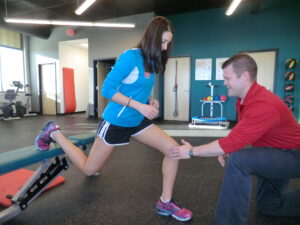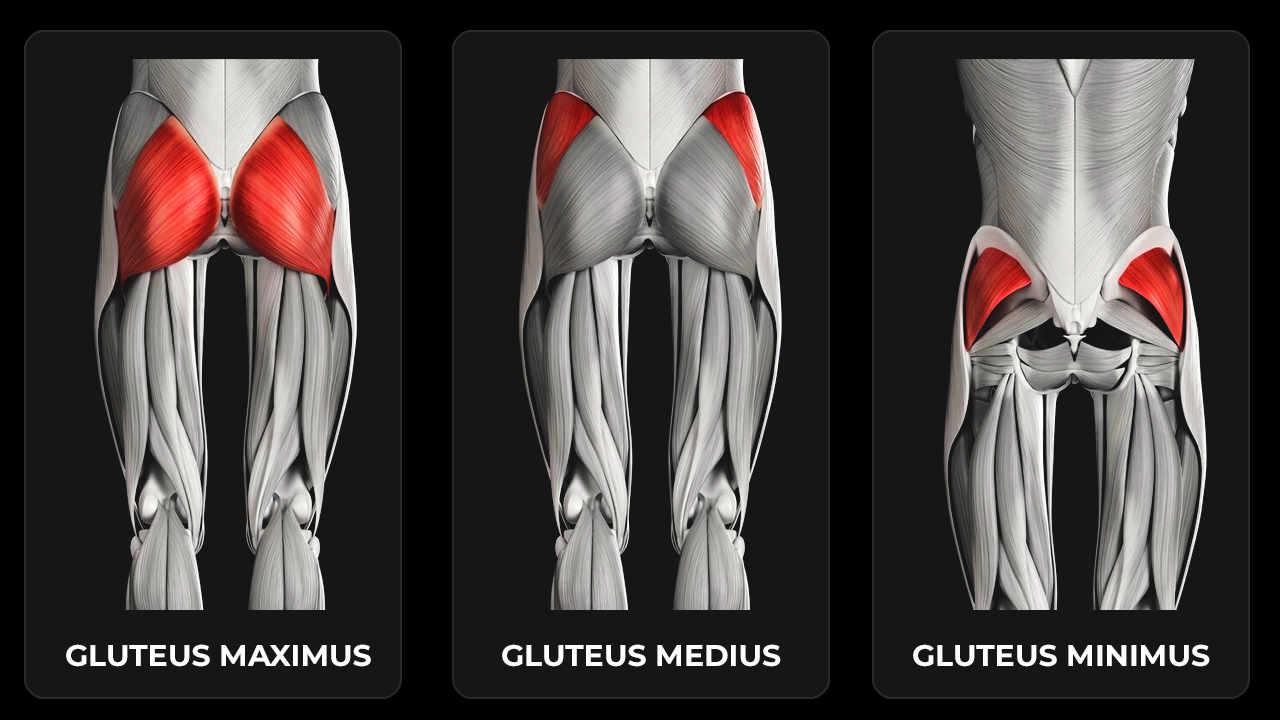Introduction: In the dynamic world of sports, physical therapy stands as a cornerstone for athletes striving to reach peak performance levels while minimizing the risk of injury. From professional athletes competing on the world stage to weekend warriors pursuing their fitness goals, the role of physical therapy in sports performance is multifaceted and indispensable. In this comprehensive exploration, we delve into the transformative impact of physical therapy in optimizing athletic potential, enhancing performance, preventing injuries, and facilitating efficient recovery.
Understanding the Essence of Physical Therapy in Sports: Physical therapy in sports encompasses a spectrum of interventions aimed at optimizing athletic performance, addressing musculoskeletal imbalances, promoting injury prevention, and facilitating rehabilitation. Whether it’s addressing biomechanical inefficiencies, rehabilitating injuries, or enhancing functional capacity, physical therapists play a pivotal role in helping athletes excel in their respective sports.
- Injury Prevention Strategies: A core focus of physical therapy in sports is the development and implementation of comprehensive injury prevention strategies. Physical therapists conduct thorough assessments to identify biomechanical imbalances, muscle weaknesses, and movement patterns that may predispose athletes to injuries. Through targeted strength and conditioning programs, flexibility training, and neuromuscular training, therapists help athletes mitigate risk factors and enhance resilience against common sports-related injuries.
- Rehabilitation and Recovery: Injuries are an inevitable aspect of sports participation, but effective rehabilitation is essential for facilitating efficient recovery and minimizing the risk of reinjury. Physical therapists employ evidence-based interventions, including manual therapy, therapeutic exercises, modalities, and sport-specific training, to guide athletes through the rehabilitation process. By restoring strength, mobility, and function, therapists empower athletes to return to play safely and with confidence.

- Performance Enhancement: Physical therapists work collaboratively with athletes to optimize their overall performance and unlock their full athletic potential. Through biomechanical analysis, movement assessment, and performance optimization techniques, therapists identify areas for improvement and develop tailored strategies to enhance athletic performance. This may involve improving movement efficiency, optimizing biomechanics, and enhancing functional capacity through targeted interventions and training protocols.
- Sports-Specific Rehabilitation: Each sport imposes unique physical demands on the body, and physical therapists customize rehabilitation programs to address the specific needs of individual athletes and sports. Whether rehabilitating a tennis player’s shoulder, a soccer player’s knee, or a gymnast’s ankle, therapists employ sport-specific exercises and interventions to optimize recovery and facilitate a safe return to sport.
- Return-to-Sport Assessments: Before athletes can return to competition following an injury, they undergo comprehensive return-to-sport assessments to ensure they are physically and mentally prepared for the demands of their sport. Physical therapists conduct objective assessments to evaluate strength, flexibility, balance, agility, and sport-specific skills, providing athletes with valuable feedback and guidance to support their safe and successful return to play.
- Education and Injury Management: Beyond hands-on treatment, physical therapists play a vital role in educating athletes about injury prevention strategies, proper biomechanics, and self-management techniques. By empowering athletes with knowledge and skills to mitigate injury risks and optimize performance, therapists help athletes make informed decisions to support their long-term athletic goals.

- Psychological Support and Performance Mindset: Physical therapy in sports extends beyond the physical realm to encompass psychological support and performance mindset coaching. Therapists work with athletes to enhance mental resilience, foster positive attitudes, and develop effective coping strategies to navigate the pressures and challenges of competitive sports. By addressing psychological factors that impact performance, therapists help athletes cultivate a winning mindset and unlock their full potential on the field or court.
Conclusion: In conclusion, physical therapy plays a pivotal role in optimizing athletic potential, enhancing sports performance, and supporting the holistic well-being of athletes across all levels of competition. Through targeted interventions, evidence-based strategies, and a multidisciplinary approach, physical therapists empower athletes to achieve their goals, stay healthy, and perform at their best. As the field of sports physical therapy continues to evolve and innovate, its impact on athletic performance and injury prevention will remain fundamental to the success and longevity of athletes worldwide.



